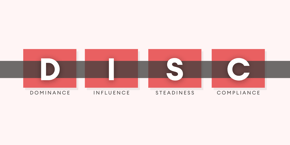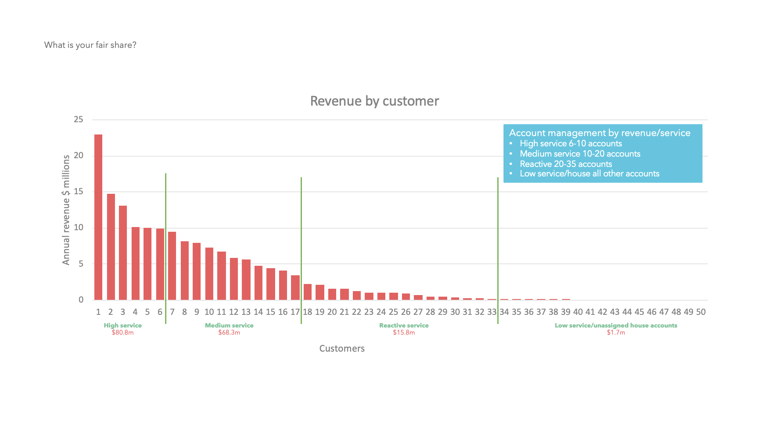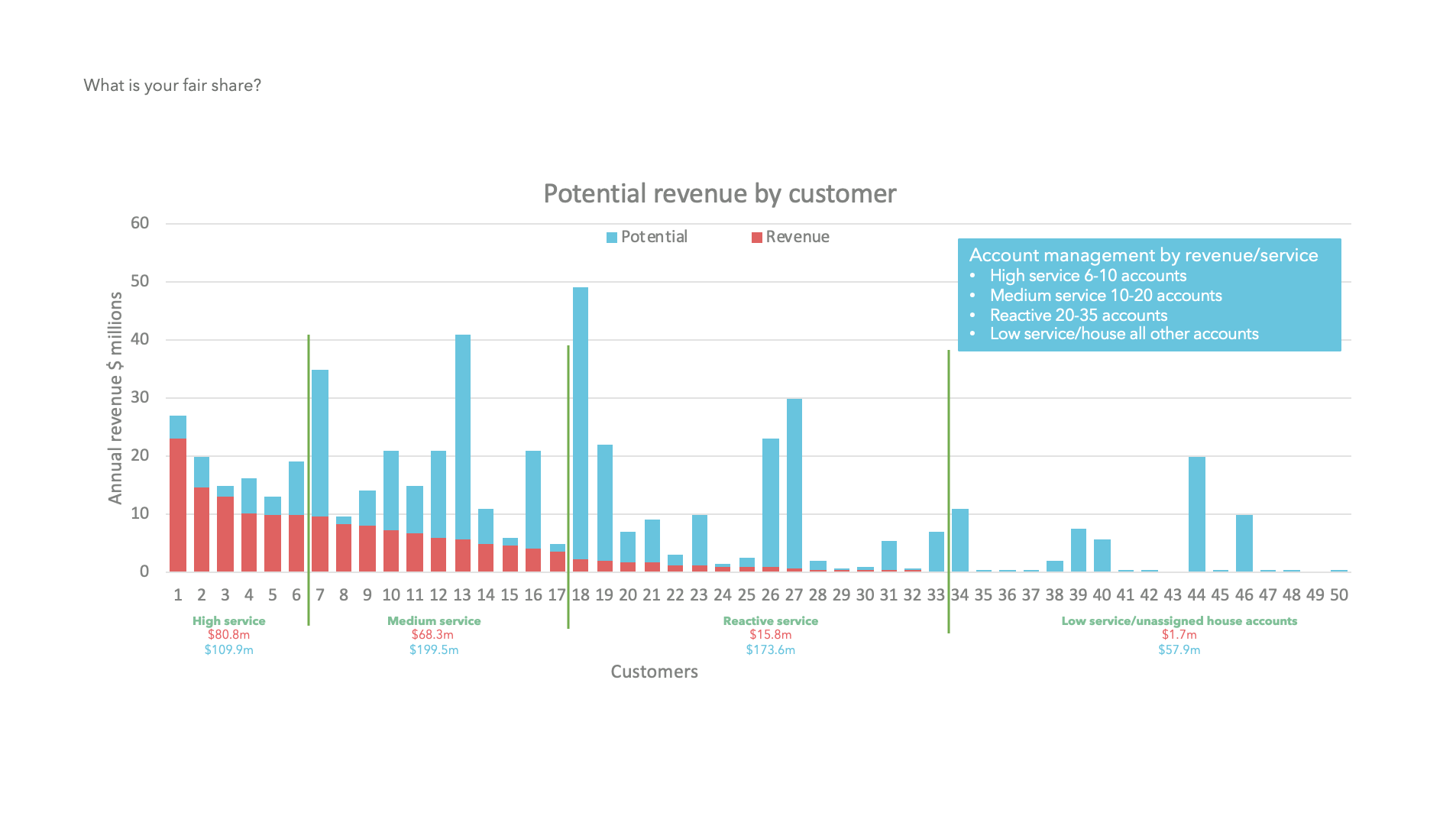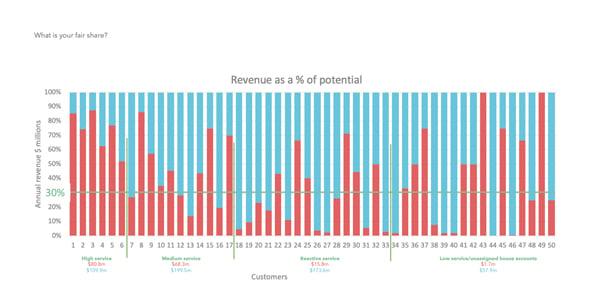Are your existing customers your key to growth and potential?
In sales, the number one priority is to find new ways to increase revenue, which can often mean a focus on winning more customers. It’s, therefore, common to put more effort into seeking and onboarding new customers to drive growth rather than focusing on the potential your existing customers are already contributing towards your revenue. But more customers don’t always equal more sales, and here’s why…
Statistically:
- The success rate of selling to an existing customer is 60-70%, whereas the rate to a new customer is only 5-20% – Marketing Metrics
- 80% of your company’s future revenue will come from just 20% of your existing customers – Gartner
- Attracting new customers will cost your company 5-25 times more than retaining a customer – Bain & Company
Your existing customers are already using your products or services; they already have an established relationship with you, they are already receiving deliveries frequently, and they will have established credit facilities. On top of this, they have shared their spending habits through their loyalty to your business, allowing you to investigate their purchasing behavior and identify any up-selling or cross-selling gaps that you can take advantage of.
The Iceberg Analogy.
Unlocking potential customer sales is similar to how we see an iceberg. John Gunderson (VP of Analytics & EBusiness at MDM) calls this tactic the ‘Fair Share’ technique in a recent MDM webinar and explains that to access potential sales, you need to focus on the customers who spend less than 30% of their total spend with you.
For example, the company represented in the chart below is turning over $166M, with key substantial clients that they heavily rely on, but are concerned about customer health due to the current state of the economy and what they can do to continue growing sales. With this data displayed so clearly, they’re able to identify their customer revenue compared to potential customer revenue or, alternatively, business compared to opportunity. These customers are likely to exist in all parts of your customer base, from high-service customers to house accounts and reactively managed customers.
Having this information, the company is, therefore, able to quickly identify the customers that are yet to unlock their full potential and can begin targeting those that have a greater opportunity percentage compared to contributed revenue.
Take customer 18 in the chart as an example; their sales account for less than 5% of the company’s annual spend with all suppliers, presenting you with an opportunity to capture a proportion of that spend. Using this information, you’re able to contact that customer and discuss beneficial products or services that would complement or support the current items they are purchasing.
Accessing the Potential.
Even though gaining new customers is a common metric of business growth, optimizing the customers you already have is almost guaranteed to increase your profits, as they’re more likely to buy from you than prospects. With new business opportunities likely to be impacted over the coming months, your existing customer base will be even more important to the ongoing success of your business than ever before.
With the help of sales software, you can gather and manage information on your customers and identify where this potential lies and where you should prioritize your efforts. By using sales-i, you can use the data to access every cross-sell and up-sell opportunity within an instant and make actionable, insightful business decisions that grow your sales and contribute to your bottom line. It could be a sales promotion, a pricing decision, or even raising awareness of a particular product line.
Within a few clicks, you can drill down into customer accounts that you have identified fall below the 30% annual spend benchmark and target those customers with personalized cross-sell recommendations that they are likely to buy into. Using the Campaigns feature within sales-i will also automatically alert you whenever a new opportunity arises, which eliminates the need to interrogate and prioritize your medium, reactive, and low-service customers. With this functionality in the palm of your hand, you’re able to maximize your customer potential with minimum effort.
It’s essential to always look beneath the surface to discover the full picture, as it’s not always obvious what opportunities lie beneath. Calculating and contacting those accounts that sit below the 30% “iceberg average” will identify potential in existing customers, allowing you to increase your revenue and drive growth without the extra work that is needed to secure new customers.
For more information on sales-i and how to unlock an extra 30% of sales revenue from existing customers, head to www.sales-i.com or book a demo here.






